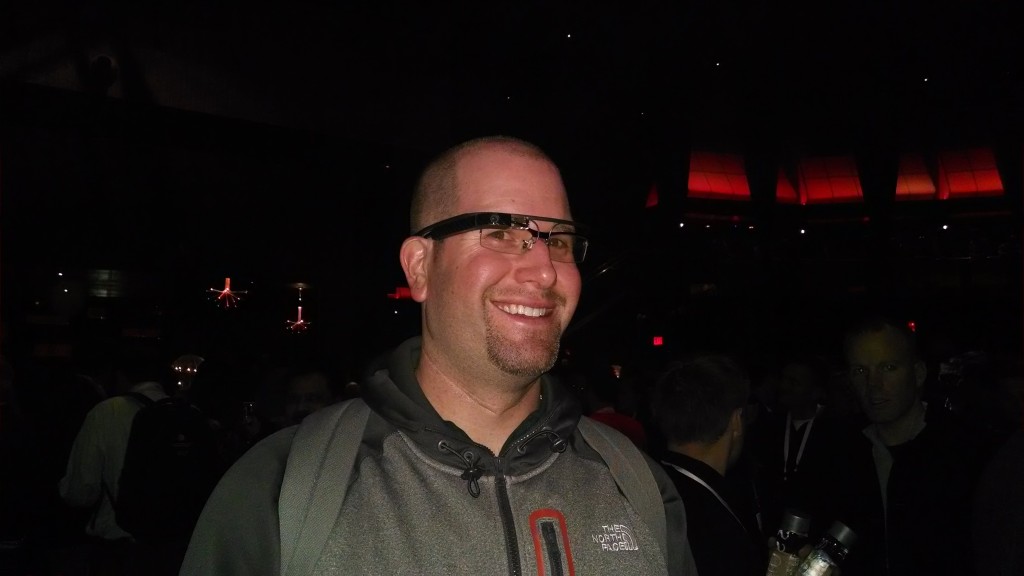I’ve been thinking a lot about the term “Opening the Doors” and Jewish education lately. For the past several years I’ve been a committee member of the Jewish Federation of Metropolitan Detroit’s “Opening the Doors Program” which advocates for students with diverse learning or behavioral challenges so they are able to participate in a quality Jewish educational environment with their peers.
Run locally in Michigan through the Federation’s Alliance for Jewish Education, the Opening the Doors Program currently empowers nearly 1,000 students. I became involved with the program in 2008 as the director of ATID: Alliance for Teens in Detroit, the Metro Detroit area Conservative Movement’s weekly Hebrew High School program. Working with the Opening the Doors director Ellen Maiseloff we were able to place a paraprofessional in our program to ensure that the teens with learning challenges were able to participate in the classes without too many problems.
 |
| Detroit’s Opening the Doors Program celebrates 18 years of helping Jewish students with learning challenges |
The Opening the Doors program is celebrating its 18th year this evening and will feature attorney Richard Bernstein, a national advocate for people with disabilities (Ricky and I attended Andover High School together in the early 90s). I love the name of the program because it truly does open the doors of Jewish education for so many young people who suffer from learning disabilities. For far too long the public schools were putting the necessary resources in place to help students with learning and behavioral challenges, but our Jewish day schools and complementary schools (Hebrew schools) were lagging behind. The Opening the Doors program has made it possible for so many students with learning challenges to be able to succeed in Jewish learning endeavors with the appropriate level of assistance.
I’ve also been thinking about the term “Opening the Doors” as it relates to Jewish education lately because a woman who opened the doors for me to become a Jewish educator passed away last week. Aviva Hoffman of East Lansing had been a Hebrew School teacher for several decades when she was diagnosed with advanced stage breast cancer in the summer of 1994. She was slated to teach the 4th grade class at Congregation Shaarey Zedek in East Lansing three days a week, but her cancer treatment schedule would make that an impossibility. Her husband and the rabbi of the synagogue, Rabbi Mort Hoffman, was told that an incoming freshman at Michigan State University might be able to fill in for his wife. That freshman was me.
 |
| With Rabbi Mort Hoffman in May 1998 and in April 2013 (a month before his wife Aviva passed away) |
Before classes began that semester in late August 1994 Rabbi Hoffman called me in my dorm room on Michigan State’s campus in South Case Hall and explained the situation. He told me that his wife, a native Israeli, would be undergoing treatment for breast cancer and would not be able to teach. He told me he would provide me with more details when we met and he sent a taxi to pick me up and bring me to the synagogue. In his office, he assured me that I wasn’t too young to teach ten hours a week of Hebrew School (I had just turned 18). He gave me a key to the synagogue building and the alarm code, showing me how to lock up on Tuesdays and Thursdays after I finished teaching. A few weeks later he added a high school class to my weekly schedule of teaching (a few of the students in that class were older than I was by a couple months).
As it turned out Aviva Hoffman’s cancer treatment was successful but she chose to retire rather than return to teaching. And so I continued to teach those 4th grade students for the next three years preparing them for bar and bat mitzvah. I’m still in touch with a handful of those students today (one just announced on Facebook that she’s expecting her first baby). Aviva Hoffman might never have realized that she opened the doors of Jewish education for me as a teacher, but I am grateful that her husband called me almost twenty years ago. Had he not, I likely would not be a rabbi today.
The doors of Jewish education must open for students with learning challenges. They also must open to provide opportunities for potential teachers. I am grateful for Metro Detroit’s “Opening the Doors” program and I salute it on its 18th anniversary. The student helped by the resources of this program could become one of tomorrow’s most important Jewish educators. And I am also grateful for that phone call I received from Rabbi Mort Hoffman back in 1994. Whether he (or Aviva) realized it at the time, he truly opened the doors of Jewish education for me as a teacher.
May the memory of Aviva Hoffman, a beloved Jewish educator, endure for blessings.




